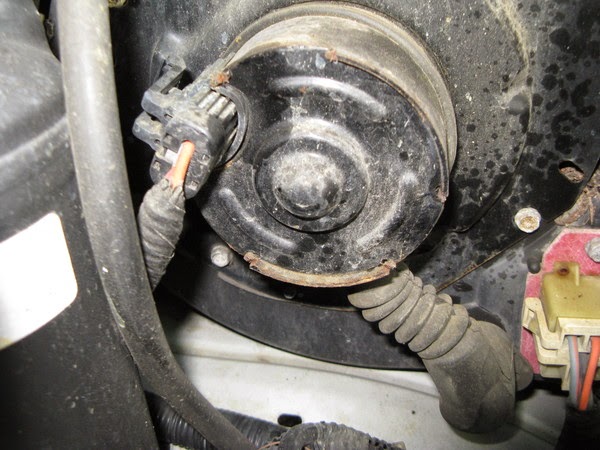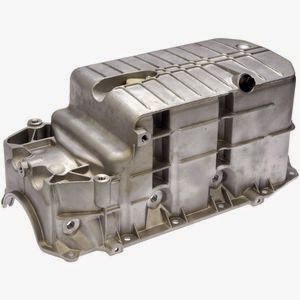AUDI TT Sport Sway Bar Kit 22806 - Installation of Hotchkis Front Sway Bar 1F Raising Vehicle Raise front of the vehicle by using a 4 post lift or drive-on ramps. Securely block the rear wheels of the vehicle. Do not remove the front wheels during installation for safety. 2F Observe Orientation Of the Bar Remove the lower splash shield, and observe the location and orientation of the front swaybar. 3F Remove End Links Locate and remove the lower end link nuts
from both sides, and push links aside. 4F Remove Engine Mount Locate
and remove lower engine mount that attaches to subframe.
The engine may want to shift forward which is ok. 5F Remove Exhaust Hanger Use a pry bar to remove the exhaust hanger located behind subframe. 6F Ride Height Sensor Locate the ride height sensor located on the drivers side lower control arm, and remove the nut from the stud that attaches the sensor to the arm. (Be careful, this part can break easily). 7F Sub Frame Support the sub frame with a jack, and locate and remove the 4 sub frame bolts that attach it to the chassis. Lower the jack until the sub frame is at full droop, and slightly pry down until you can access the sway bar bolts. (Don’t worry, it will not fall being that it is still attached to the struts.) 8F Remove the Sway Bar Now remove the sway bar brackets that attach it to the sub frame.
The drivers side bracket has a clamp for the power steering lines that must be removed in order to completely remove the bracket. (It does not need to be re-installed.) Now you can remove the sway bar. 9F Installation Place the new swaybar next to the factory bar so that you will be familier with the oriention that the bar is installed. Apply a good amount of the silicon grease that is supplied with the bushings, and install the bushings on the bar. After the swaybar is mounted the subframe, there is a line clamp bolted to the front of the rack & pinion on the passenger side that needs to be rotated 180 degrees in order to allow free articulation of the sway bar. Now the rest of the installation can be done in reverse order as the removal. You may need a jack to help place the subframe in the proper location.
Download : AUDI TT Sport Sway Bar Kit 22806
The engine may want to shift forward which is ok. 5F Remove Exhaust Hanger Use a pry bar to remove the exhaust hanger located behind subframe. 6F Ride Height Sensor Locate the ride height sensor located on the drivers side lower control arm, and remove the nut from the stud that attaches the sensor to the arm. (Be careful, this part can break easily). 7F Sub Frame Support the sub frame with a jack, and locate and remove the 4 sub frame bolts that attach it to the chassis. Lower the jack until the sub frame is at full droop, and slightly pry down until you can access the sway bar bolts. (Don’t worry, it will not fall being that it is still attached to the struts.) 8F Remove the Sway Bar Now remove the sway bar brackets that attach it to the sub frame.
The drivers side bracket has a clamp for the power steering lines that must be removed in order to completely remove the bracket. (It does not need to be re-installed.) Now you can remove the sway bar. 9F Installation Place the new swaybar next to the factory bar so that you will be familier with the oriention that the bar is installed. Apply a good amount of the silicon grease that is supplied with the bushings, and install the bushings on the bar. After the swaybar is mounted the subframe, there is a line clamp bolted to the front of the rack & pinion on the passenger side that needs to be rotated 180 degrees in order to allow free articulation of the sway bar. Now the rest of the installation can be done in reverse order as the removal. You may need a jack to help place the subframe in the proper location.
Download : AUDI TT Sport Sway Bar Kit 22806


 18.35
18.35
 Unknown
Unknown




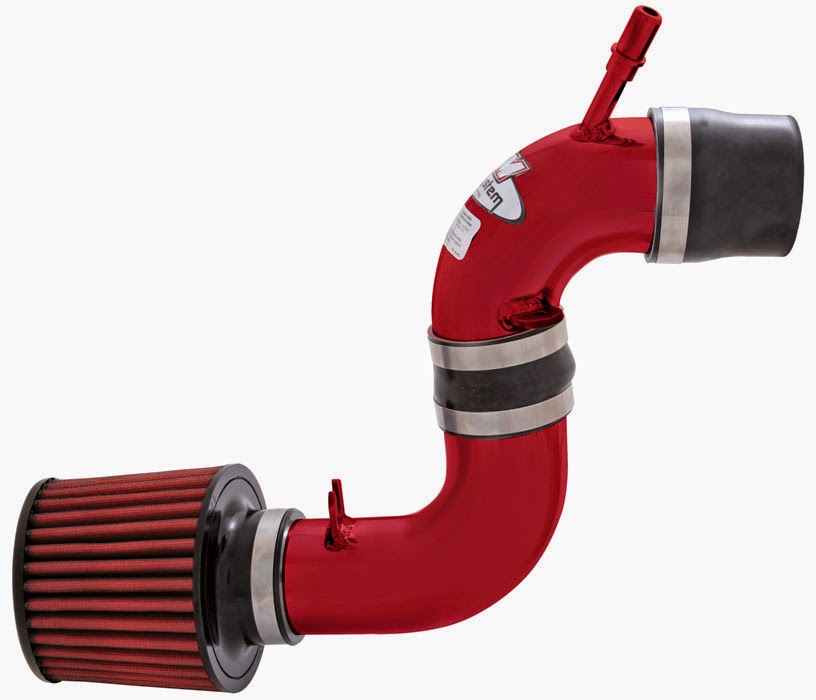
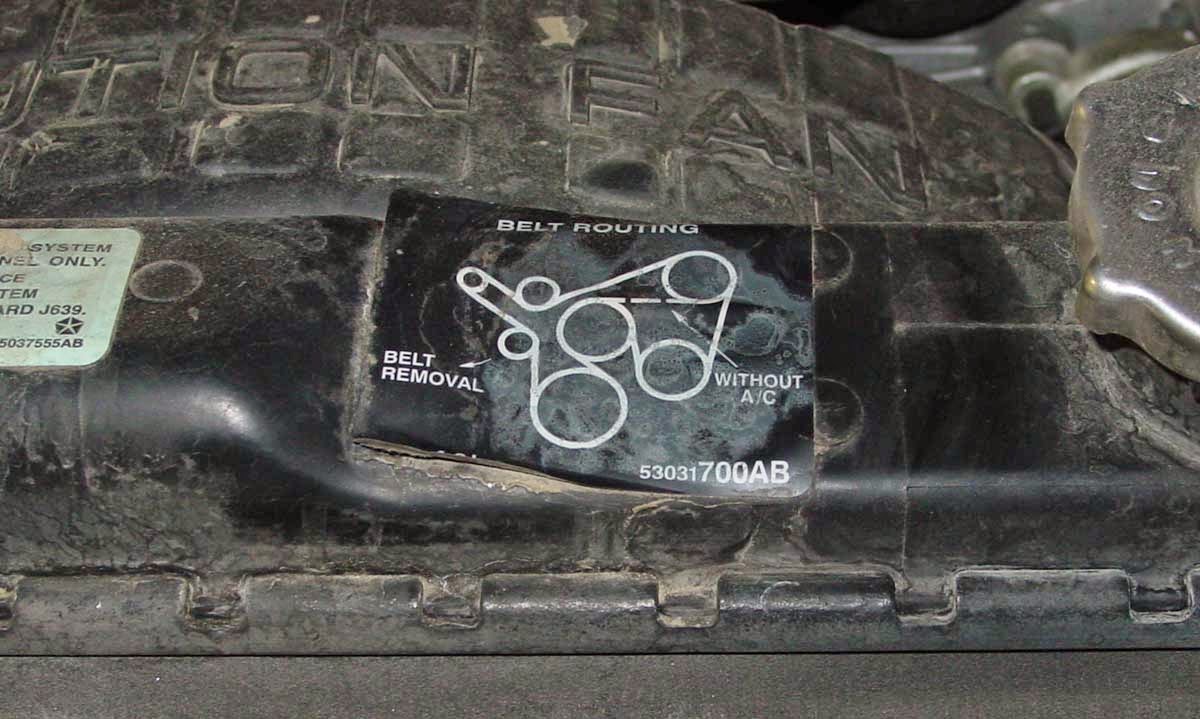
%2BSENSOR.jpg)
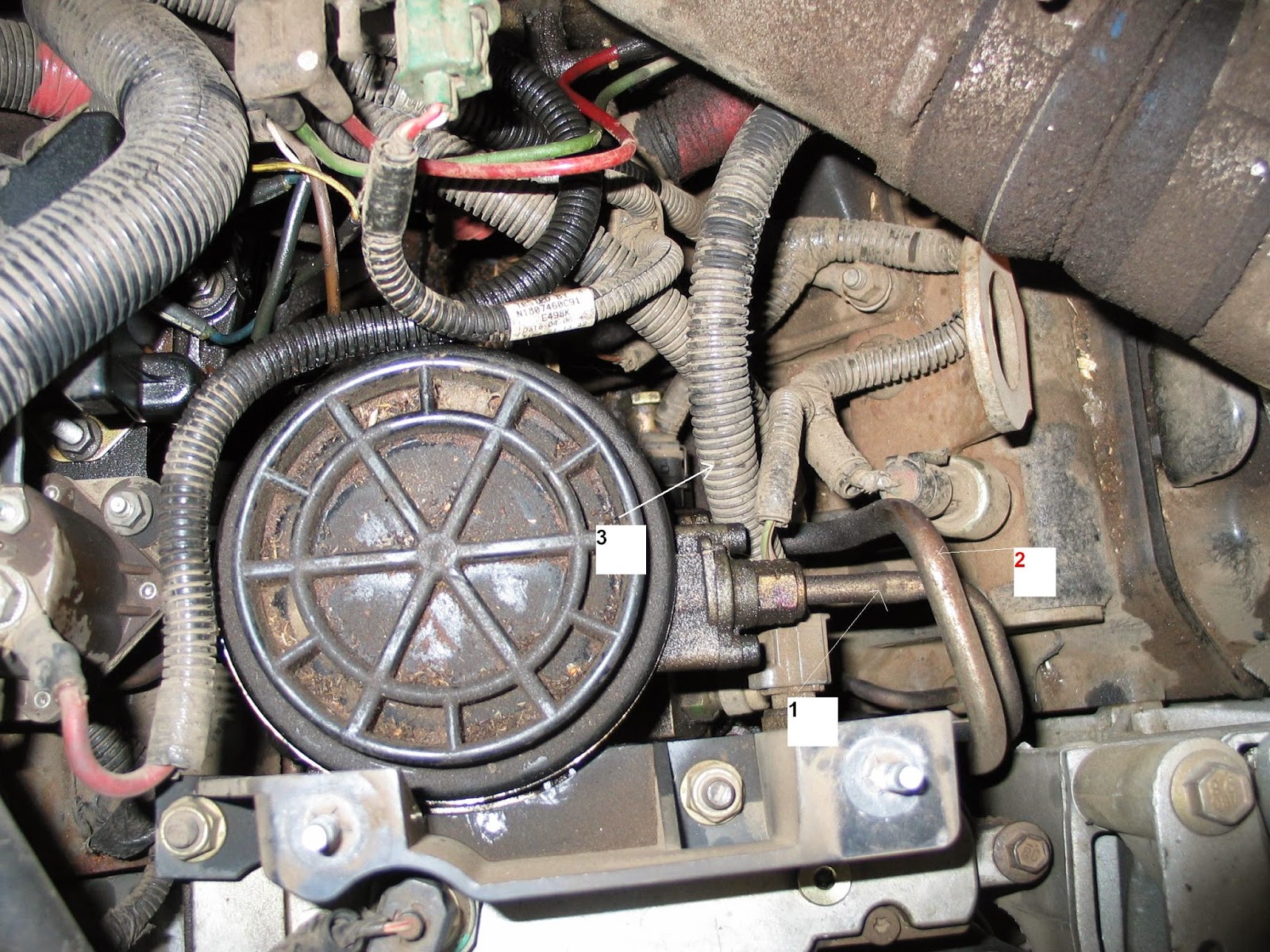
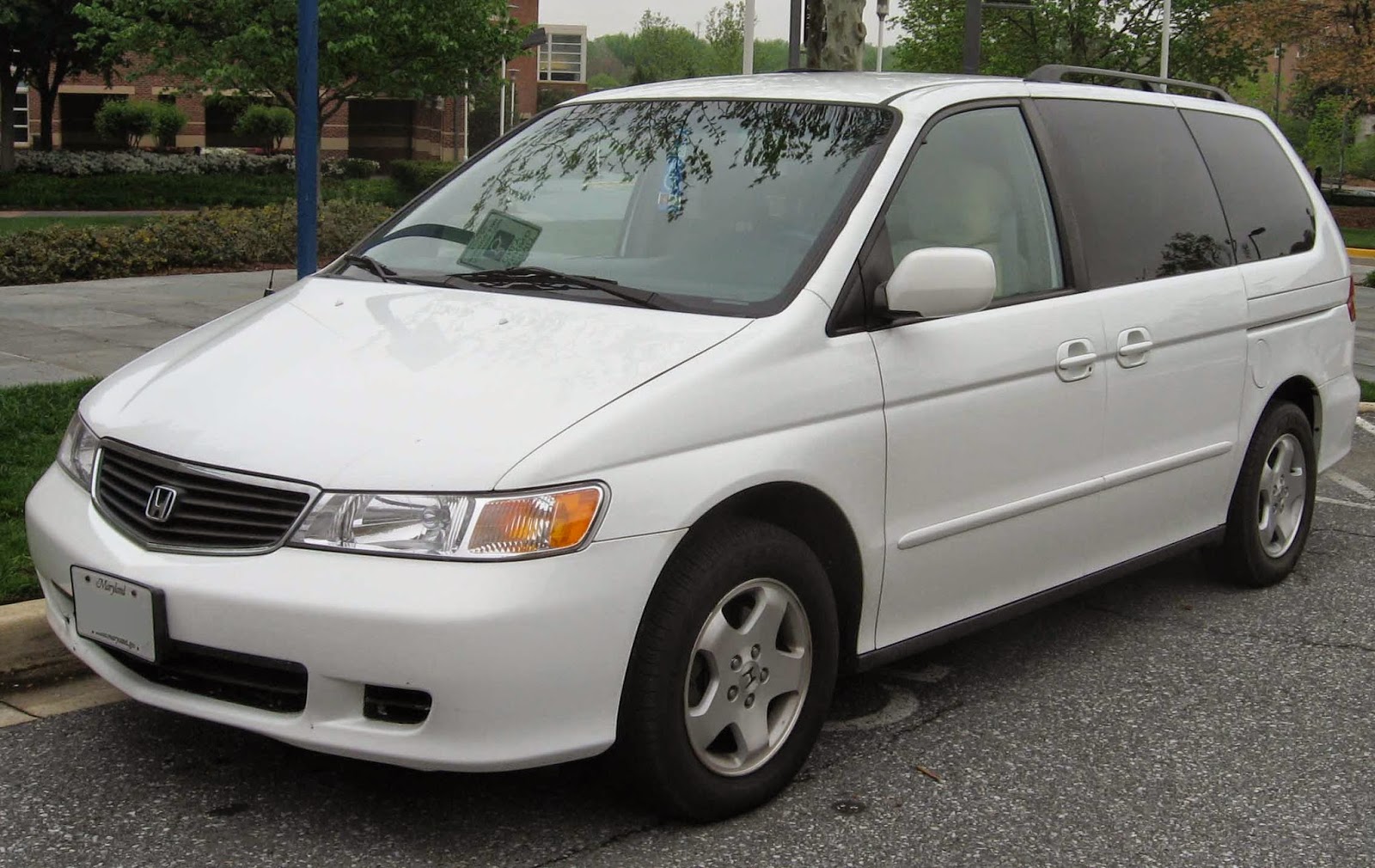



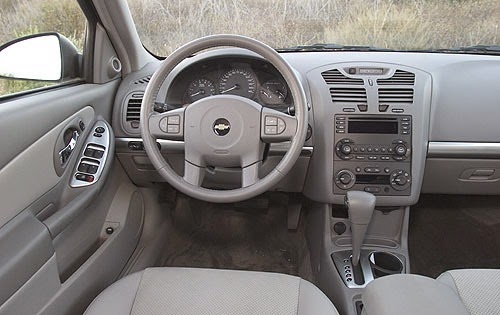
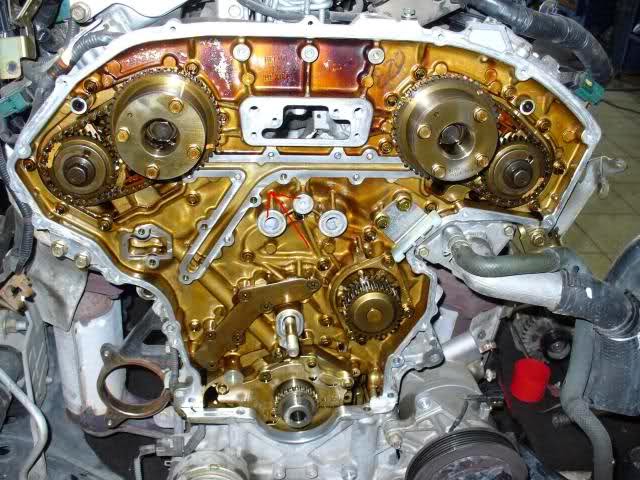
%2BSystem.jpg)
